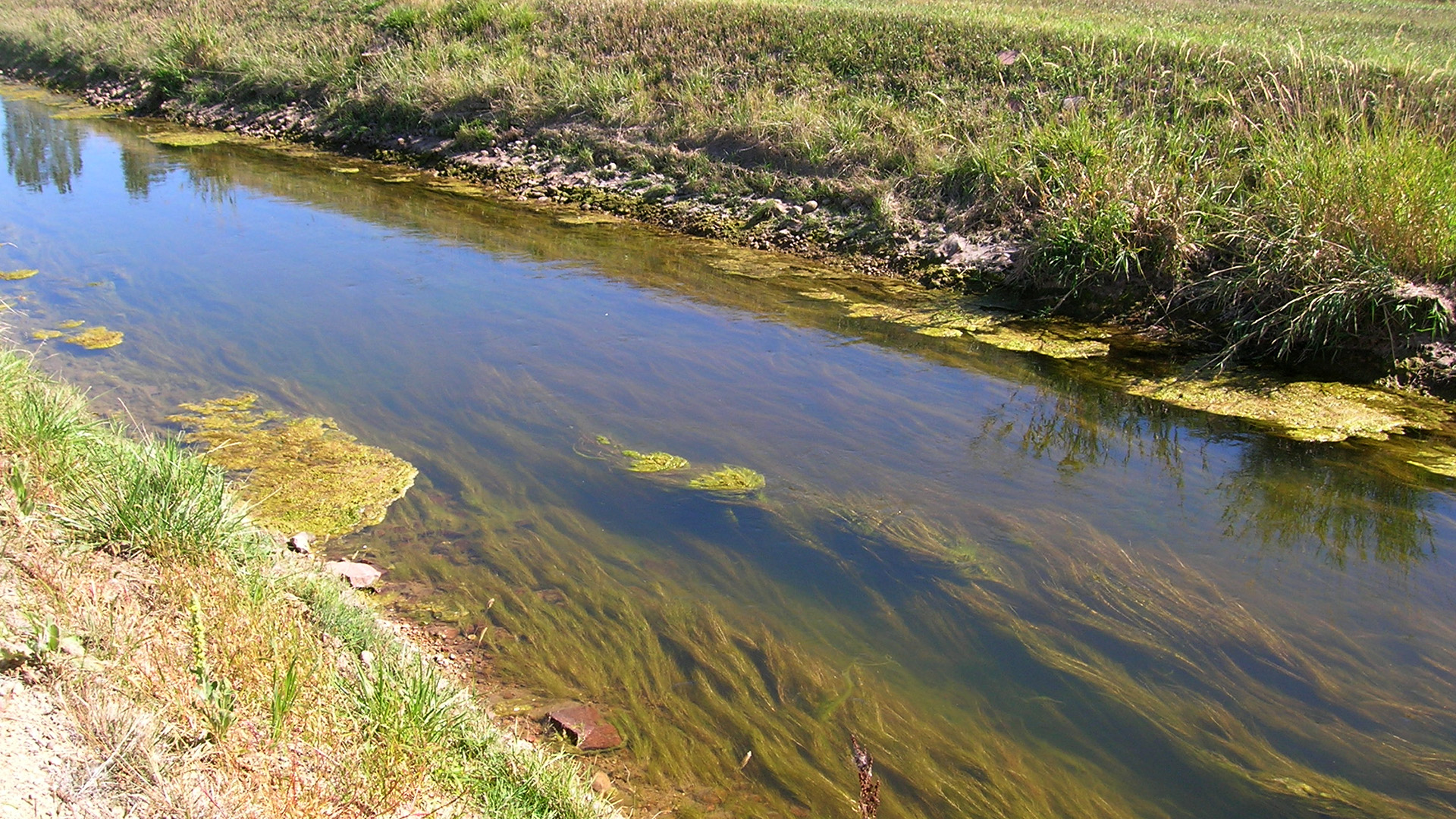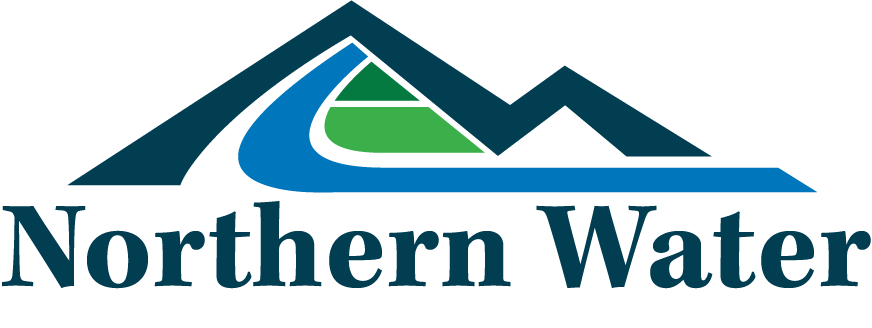Herbicide and Pesticide Management
Controlling Algae and Weeds in and Near our Water
Northern Water is responsible for controlling aquatic and terrestrial weeds and algae in nearly 50 miles of East Slope canals and on the adjacent service roads, and approximately 5 miles of West Slope canals and roads. Our staff also control weeds on the upstream and downstream faces of seven reservoirs’ dams and dikes: Windy Gap, Willow Creek, Granby, Shadow Mountain, Horsetooth, Carter Lake and Boulder.
Weed control is necessary to maintain canal capacity, to avoid plugging canal bar screens and flumes, to promote grass growth, and to ease dam and dike inspections. Northern Water staff control weeds by carefully applying chemical herbicides while also protecting drinking water supplies, aquatic life and wildlife.
Northern Water’s use of chemical herbicides falls under the Colorado Discharge Permit System’s Pesticide General Permit for discharging pesticides to surface waters. Permit requirements include preparing a Pesticide Discharge Management Plan, and submitting annual reports to the Colorado Water Quality Control Division. The plan describes the algae and weed populations and locations, the herbicides being used, and how we implement the technology-based effluent limitations and other requirements of the Colorado Pesticide General Permit to protect water quality.

Northern Water’s Canal Periphyton Monitoring Program and Compounds of Emerging Concern (CEC) Monitoring Program both provide data and information that support the Pesticide Discharge Management Plan. The objective of the Canal Periphyton Monitoring Program is to determine what species of attached algae are populating the canals and if the species are changing over time. The data are also used to evaluate the effectiveness of chemical herbicides used for controlling algal growth. The CEC Monitoring Program provides information about trace levels of herbicides that may remain in water after applications to control aquatic weeds in the Boulder Feeder Canal. The CEC Monitoring Program also provides data on a range of herbicides that may exist at residual, trace (parts-per-trillion) levels in the CBT East Slope canals, reservoirs and receiving waters from herbicide applications conducted across the region by others, as well as by Northern Water.
